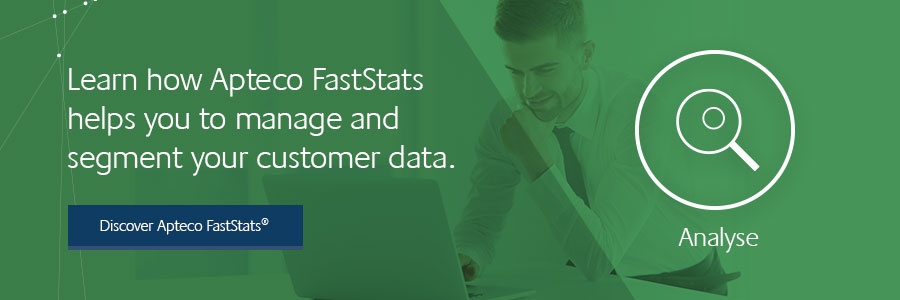7 dingen die een marketeer over zijn klanten moet weten
15 apr 2022 | door Henri van Avezaath
This is how you collect the most important information about your customers.
The key to a personal and targeted customer approach is a good understanding of your customers. Sounds simple! But what exactly do you need to know about your customers?
Read on for our top 7 to get to know your customers better:
1. Who are my best customers?

Top customers are repeat customers buying from you regularly and spending a lot. By means of a so-called RFM analysis, you can segment your customers based on their behavior. RFM stands for:
- Recency: How long since their last purchase?
- Frequency: How often do they buy?
- Monetary: how much revenue was generated?
An example of customer value segmentation is the Value/Frequency matrix. Top customers are customers who have made regular purchases and spent a significant amount of money in the past period (High Value and High Frequency).
2. Where are my customers?

The geographic location of customers can be important to marketers. Distance can have a decisive impact on your customers' preferences. To what extent is your customer willing to travel to purchase your product, perhaps new branches need to be opened in places where the travel time is too long?
Geo-analysis uses geographical information such as postal codes, roads, etc. to visualize where your customers are. It provides the ability to calculate your market penetration by region, identify new market potential, or define catchment areas.
3. What do my customers buy?

Which customer bought which product? This is a pretty important question. It not only informs you about your current customers but also allows you to identify customers with a similar profile who have not yet purchased this product. This shows where there is still untapped potential.
Customer profiles can be defined based on demographic, psychographic, geographic, or behavioral characteristics.
4. What revenue do my customers generate?

Knowing which customer group generates which revenue is crucial for the distribution of your marketing budget. Which customer do you reward for their loyalty and send you a discount coupon or, which customers receive a brochure in addition to the newsletter?
Customer Lifetime Value (CLV) is an important indicator to help you with this. The CLV is the total revenue that a customer generates during their lifecycle as a customer of your company.
5. When and how often do my customers buy?

When and how often customers buy is essential information. In retail, for example, to align orders and stock and thus optimize. In addition, this information can be used to determine the best possible time for email or to identify customers with a high churn risk and launch a campaign for them.
To do this, you can use the transaction history of the customers. This can be done, for example, with the information collected in your CRM system.
6. How many customers do I lose each year?

Even if your number of customers has remained constant over a longer period of time, it is still possible that some customers have dropped out and that this has been compensated by new customers. If you want to increase your customer base in the long term, it is important to know how many customers churn annually. If you know how to identify the possible causes, you can take appropriate action.
Using information from a CRM system, you can see what the last transaction date is and which customers haven't returned.
7. How many new customers do I acquire each year?

Based on the origin of new customers, you can see which marketing activities have been most effective. This helps with the distribution of your marketing budget, which activities and/or channels need to be given more focus and what should we stop doing.
New customers are easily identified by the creation date of the record if you are working with a CRM system.


